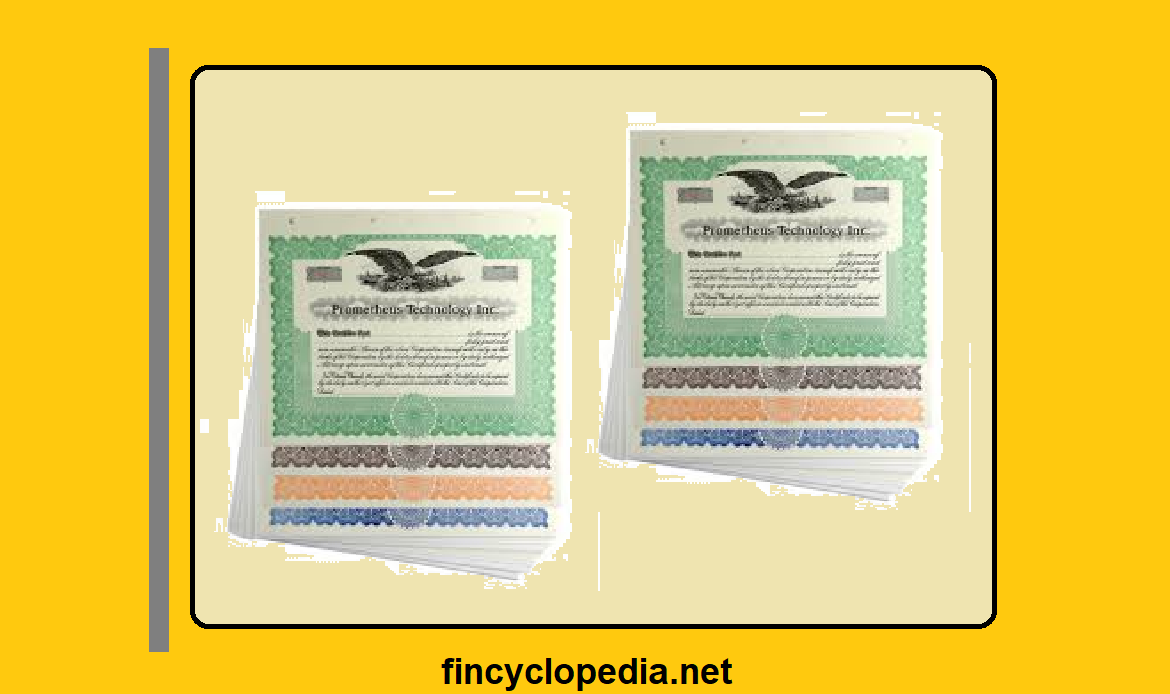It stands for risk-free asset; an asset whose future performance is certain (in terms of a guaranteed return). A risk-free asset (also, a riskless asset) does not expose its holder (investor) to market risk in terms of volatility as to price, rate, returns, repayment of principal amount, etc. However, the exposure to market risk, in all its different types, entails attachment of risk premium to such an asset. Examples of risk-free assets include treasury securities (those issued by credit worthy governments), etc.
Risk-free assets do not involve a credit risk and the possibility of experiencing price risks during periods of large selling volumes. The expected return on such assets correspond to the risk-free rate (RF). In other words, risk-free assets have lower average returns than risky assets (due to the risk premium commensurate to the additional amount risk assumed by holders of risky assets).
Distinction between, and manipulation of the fraction allocated to, risky assets and risk-free assets (riskless assets) is the simplest way to control risk in a portfolio or a basket. This constitutes determination of the percentage of the portfolio invested in risk-free assets versus the percentage invested in the risky assets.






